
How we can 'fix' artisanal mining
Artisanal mining is a key sustainability challenge. But it's importance goes beyond this. The solutions found can also help sustainability professionals as they look to address the wider financial issues faced by mining companies.
Artisanal mining is a key sustainability challenge. But it's importance goes beyond this. The solutions found can also help sustainability professionals as they look to address the wider issues around mining. It's important to recognise that to create the materials required for the sustainability transitions, we are going to need a lot of mining. So we want to make the impact of this as positive as we can. This is not just a moral issue, it's also a big financial one for the mining industry and for the companies they supply. It's another place where sustainability professionals can also make a positive financial contribution.
In this blog, we consider what efforts have already been made, and what we can learn from them as we move forward. As always with the guest blogs from Rob Karpati of The Blended Capital Group, we separate our views (as sustainability finance people), from his perspective (as someone who knows what he is talking about on this topic). Rob will be following up on this blog with more detailed deep dives into some cases studies.

The details
Why should we care about sustainable mining?
The sustainability transitions are going to require minerals. In some cases a lot of minerals. As we highlighted in a recent Quick Insight, The IEA estimates that, to be on track for net zero by 2050, the mining industry will need to spend some US$360-450 billion between now and 2030. This compares with anticipated capex of c. US$180-220 billion. So, a roughly US$180 billion shortfall, or c. US$23 billion pa. And the biggest shortfalls (by US$ capex requirement) are for copper and nickel.
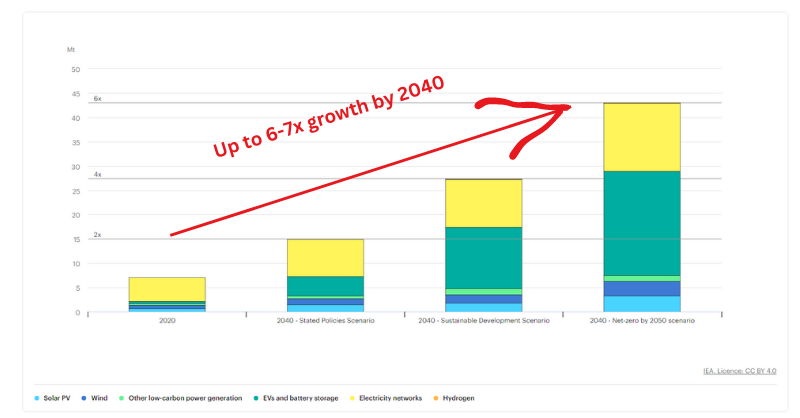
We know that scaling up production of minerals such as copper and nickel will be tough. New mines can take years to get permitted. And, as we highlighted in an earlier blog, increasing mining activity will potentially conflict with other societal priorities. As a society we need to decide what is important, or more strictly, what is more important.
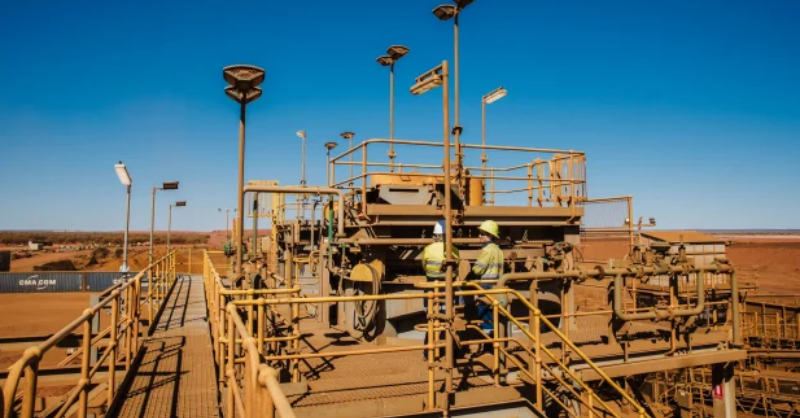
An important part of this is making mining sustainable. In practice this means working with local communities to deliver real progress on the critical areas of climate and environmental resilience, social performance, governance and transparency. Which is where artisanal mining comes into the process. It's effectively a microcosm of the challenges we need to overcome, and the approaches we need to follow.
Now over to Rob, as he begins to explore the approaches that have been used to advance formalisation, and what we can learn from these experiences.
Just a reminder, this blog is for educational and informational purposes only. Nothing we publish should be treated as an endorsement of any company mentioned, nor should it be treated as an inducement to invest.
Formalisation - where is it working?
Formalisation in artisanal mining (ASM) involves a transition to stable business relationships, where miners are legitimised and professionalised through the implementation of cooperatives, access to financing that supports training, equipping, and implementing good practices, along with structuring equitable relationships between miners, their suppliers and downstream value chain players. Enhanced dignity, productivity, and regional sustainable development is the result.
Over 80% of global ASM is informal. Found in over 80 countries, there has been limited progress in professionalising the sector in ways that sustainably shift outcomes for miners and communities while also enhancing the productivity of the miners.
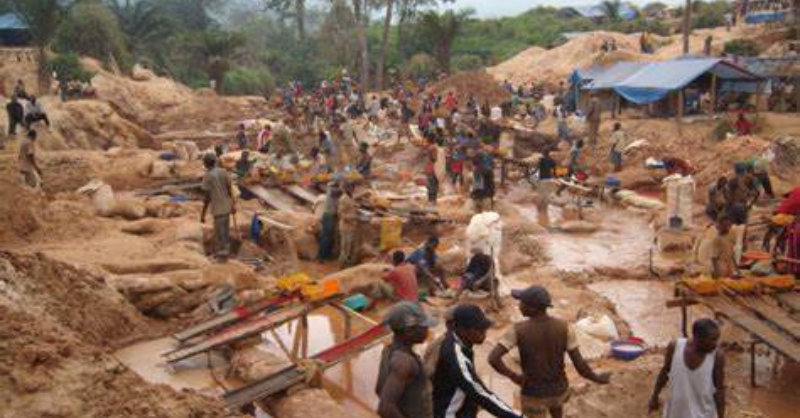
At a country level, governments that create cohesive legal frameworks that include clear paths for legitimized ASM as well as policies that support development are the groundwork for broad-based formalisation. In many countries, ASM is either deemed illegal or limited to specific regions and practices in ways that impede the ability to organize for success. There are examples of integrated legal frameworks and policies that have supported successful outcomes, including:
1. Mongolia – legal frameworks and policies have been implemented that support ASM professionalisation. Starting with the 2010 Laws on Minerals and Land followed by the 2014 State Minerals Policy, the country has fostered ASM as a legitimate supported sector. Results have included significant progress in formalization, enhancing stability, income and productivity of miners
2. Ghana – with a very different cultural and historical context from Mongolia, Ghana has implemented legal frameworks intended to foster formalisation. The country has implemented laws intended to provide technical assistance while also targeting mercury in ASM gold. Although results have been uneven, support for formalisation has generally provided economic benefits
Large mining projects can also support ASM professionalisation at local levels. Artisanal mining is often found on land concessions that are owned by large mining companies. The majority of large mining companies have limited interactions with the artisanal miners that share their land, but there are examples where LSM collaboration has supported shifting outcomes in ASM. One example is Newmont Gold’s Merian mine in Suriname, where Newmont engaged artisanal miners in a variety of ways toward joint value. Large projects can lower conflict risk while enhancing dignity in ASM through technical support, equipment, training and support for organization into cooperatives.
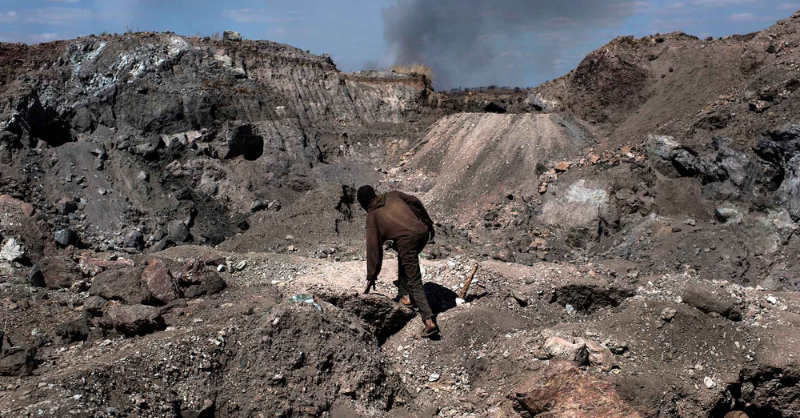
In addition, organisations like the Alliance for Responsible Mining (ARM), Levin Sources and Makor Resources are adept at successful artisanal mining engagement in support of formalisation. Examples include:
1. ARM successfully formalised ASM into a series of 17 associations and 6 cooperatives through the Sanu Kura project across 3 regions of Burkina Faso, improving outcomes for several thousand artisanal miners while also reducing environmental impacts from mining
2. ARM successfully formalised artisanal miners in Colombia based on approaches that included engagement with a large scale project in the region. Using the CRAFT code as a guiding framework, the project resulted in 7 formalization subcontracts that supported both professionalisation and sustainable development in the broader region
3. Fairmined certification can enable shifts in outcomes across ASM. An example is found in the Puno region of Peru, where artisanal miners were professionalised. In addition, the Peruvian Ministry of Energy and Mines is offering loans to artisanal miners who are formalised or are in the process of formalising. planetGOLD estimates that there are 250,000 artisanal and small scale miners in Peru, largely gold focused, producing 1/4 of the country’s gold.
4. Projects to reduce mercury in artisanal gold mining have also been successful, where alternatives where collaboratively put in place, sometimes driven by financing that specifically targets impacts of reduced mercury contamination
5. Makor Resources is currently focused on ASM in Malawi, where meaningful opportunities to professionalise ASM exist given legal and policy receptivity toward professionalisation
What is common in each of these successful initiatives is that solutions were defined collaboratively with artisanal miners, with their voices being reflected in solutions that make sense across regional and value chain-based stakeholders. Approaches defined based on collective dialogue and socio-economic analysis not only result in specific win/win outcomes but are also couched in ways diverse stakeholders can buy into benefits that are implicit in integrated solution design. With countries, regions and specific mining sites having different socio-economic realities, solutions look different in differing places, reflecting this underlying differentiation.
Something a little more bespoke?
Get in touch if there is a particular topic you would like us to write on. Just for you.
Contact us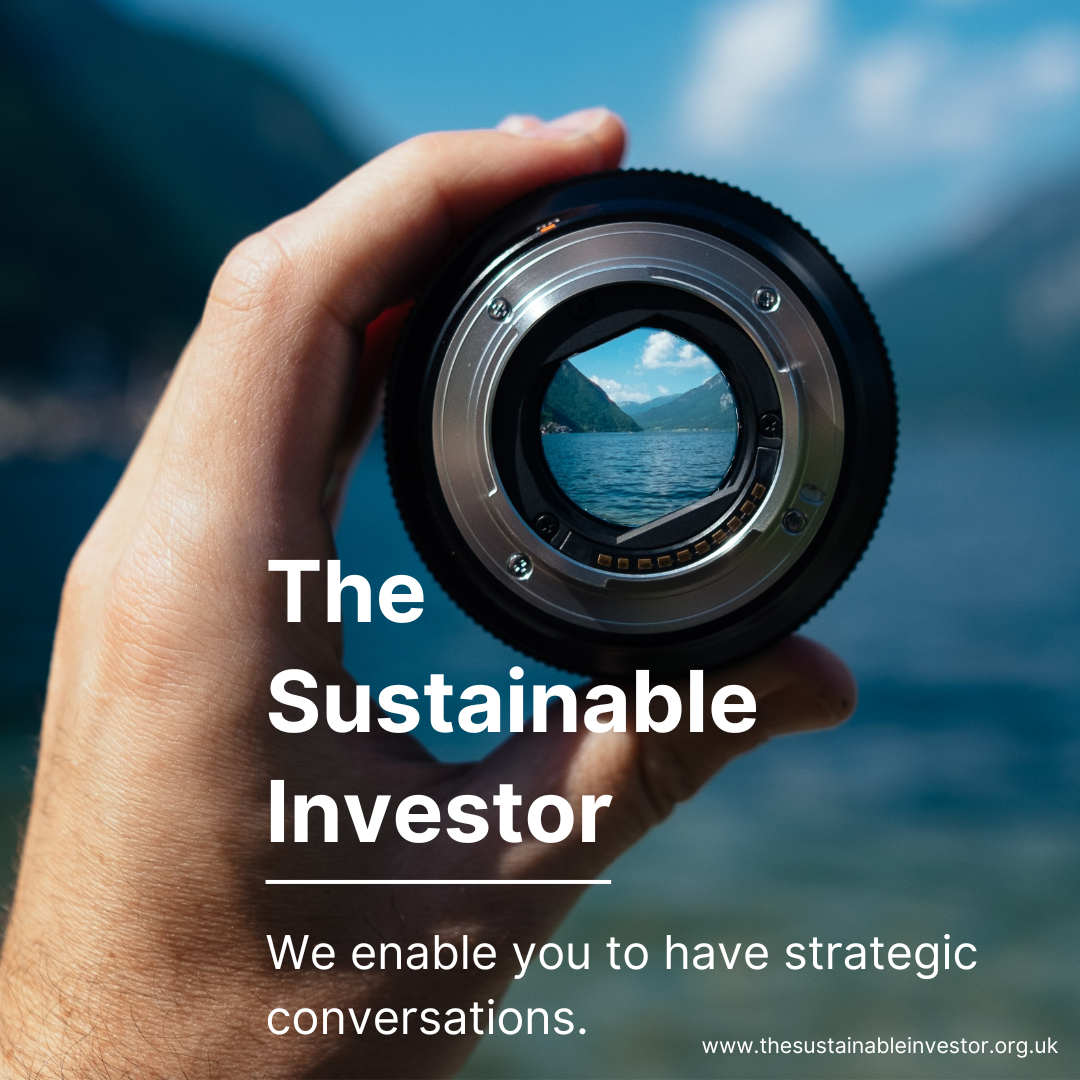
Please read: important legal stuff.


